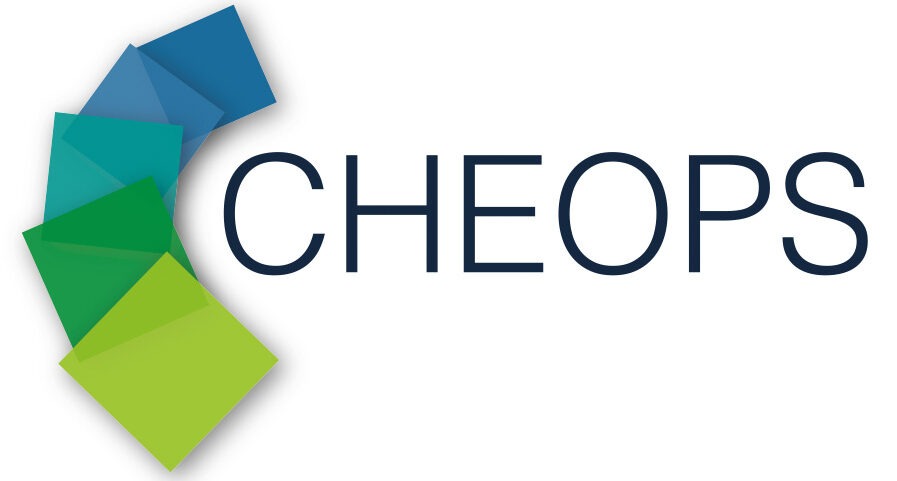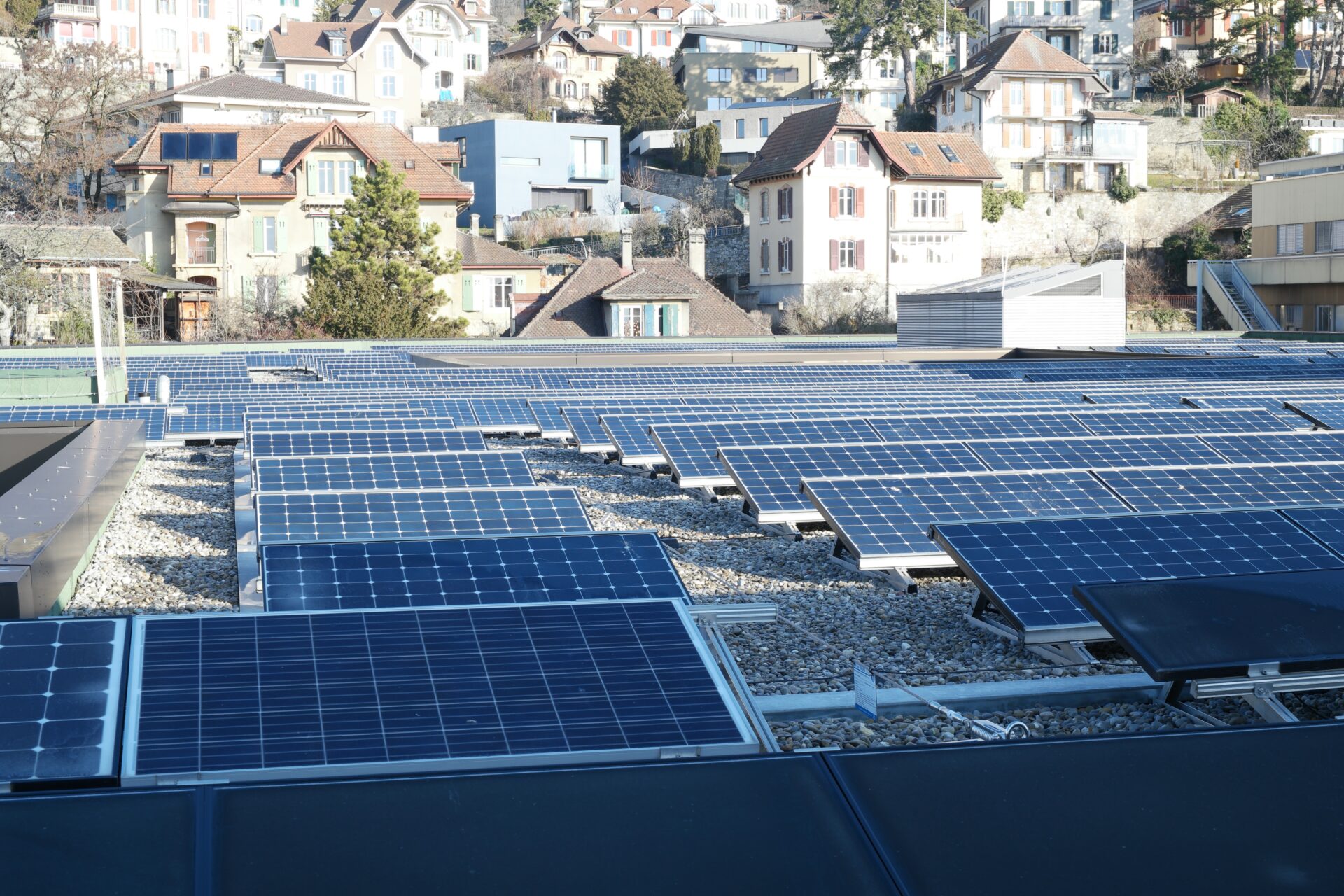
Achieving low-cost, highly efficient perovskite solar cells
CHEOPS was a research project running from 2016 until 2019, co-funded by the European research and innovation programme Horizon 2020. The project aimed to develop materials and production processes for both up-scaling the perovskite photovoltaics technology and producing high efficiency solar cells in a tandem configuration. The CHEOPS project pioneered the making of a novel type of solar “tandem cells” which are both cheaper to produce and more efficient than any other solar energy technology on the market.
CHEOPS’ tandem cells are transforming rays from the sun into electricity with world-record efficiency. It is a game changer for the green energy transition in Europe as well as a promising new export product to world markets. CHEOPS has contributed to advance the sustainable transformation in Europe as a showcase example for academic/industry innovation.
Project goals
The primary project goals of CHEOPS was to optimise photovoltaic solar cells with perovskite in its active layer, since these have great potential for large scale production at low costs. In CHEOPS we therefore focus on the three major challenges: 1) up-scaling of the technology, 2) developing of perovskite/silicon tandem cells and 3) assessment of potential benefits, risks and impacts. Read more
Scientific Publications
The work in CHEOPS was documented in a range of scientific publications. In this way, CHEOPS has laid the foundation for a number of follow-up projects and contributed actively to maintain European leadership in the development and commercialisation of perovskite photovoltaic technologies. Read more
Partners
The CHEOPS consortium included some of Europe’s foremost universities,research organisations, SME and industry partners specialised in various aspects of perovskite photovoltaic technologies. It included partners from seven different European countries and was coordinated by the Centre Suisse d’Electronique et de Microtechnique (CSEM) by Dr Sylvain Nicolay. Read more
Outlook
CHEOPS was funded by European Union’s Horizon 2020 Framework Programme for Research and Innovation. The outcomes of the project have resulted in a number of follow-up projects and made a considerable contribution to maintain European leadership in perovskite photovoltaic technologies. Read more
Selected Results
- Life Cycle Analysis of CHEOPS technologiesFinal assessment of the environmental impacts of CHEOPS technologies per kWh produced. The major environmental impacts per m2 of the produced perovskite single junctions were identified as gold, power consumption and cleaning chemicals.
- Socio-economic analysis of CHEOPS technologiesThis study provides elements to understand the “lead issue”, which could a priori be considered as a major obstacle to the future development of the technology.
- Cost of Ownership calculation of perovskite PV technologyOur CoO calculations clearly show that the business opportunity for large scale tandem module production looks very favourable, especially taking into further drop in wafer price and the upside efficiency potential for tandem devices.
- The CHEOPS Protocol: Performance Measurement and Stability TestingWith the introduction of mutually shared and EU-wide approaches to measurement of perovskite PV devices, a major barrier to advancing the technology had been overcome.
- Improved large scale perovskite/silicon tandem devicesThe increase in the size of the PK/Si tandems from the small laboratory size to large sizes poses two fundamental challenges: to preserve the homogenous perovskite coating over large areas, and to improve current extraction over large areas.

